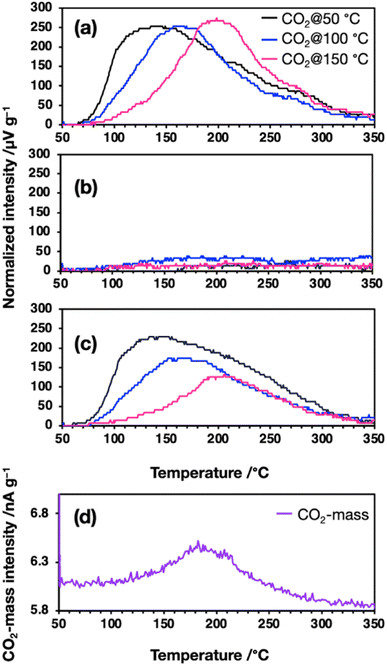 Open Access Article
Open Access ArticleCreative Commons Attribution 3.0 Unported Licence
Correction: An in situ growth route towards anti-perovskite Ni3InN nanoparticles embedded within amorphous silicon nitride
Shotaro
Tada
 ad,
Sakurako
Takazawa
a,
Norifumi
Asakuma
ad,
Sakurako
Takazawa
a,
Norifumi
Asakuma
 a,
Maxime
Cheype
b,
Sawao
Honda
a,
Maxime
Cheype
b,
Sawao
Honda
 a,
Ravi
Kumar
a,
Ravi
Kumar
 c,
Samuel
Bernard
c,
Samuel
Bernard
 b and
Yuji
Iwamoto
b and
Yuji
Iwamoto
 *a
*a
aDepartment of Life Science and Applied Chemistry, Graduate School of Engineering, Nagoya Institute of Technology, Gokiso-cho, Showa-ku, Nagoya 466-8555, Japan. E-mail: iwamoto.yuji@nitech.ac.jp
bUniversity of Limoges, CNRS, IRCER, UMR 7315, Limoges, F-87000, France
cLaboratory for High Performance Ceramics, Department of Metallurgical and Materials Engineering, Indian Institute of Technology Madras (IIT Madras), Chennai 600036, India
dDepartment of Metallurgical and Materials Engineering, Indian Institute of Technology Madras (IIT Madras), Chennai 600036, India
First published on 19th February 2024
Abstract
Correction for ‘An in situ growth route towards anti-perovskite Ni3InN nanoparticles embedded within amorphous silicon nitride’ by Shotaro Tada et al., J. Mater. Chem. A, 2024, 12, 3689–3699, https://doi.org/10.1039/D3TA06212K.
The authors apologise for an error in Fig. 6. The graphs for Fig. 6b and c were incorrectly swapped so that they appeared in the wrong position. The corrected figure is shown here.
In addition, the authors regret a mistake in the text of the manuscript. In the left column on page 3696 the section that begins “In contrast, the CO2-TPD spectra of the bulk Ni3InN sample (Fig. 6b)…” and ends “…which decreases in intensity with increasing TCO2, indicating CO2physisorption behavior.” should be as shown below:
“In contrast, the CO2-TPD spectra of the bulk Ni3InN sample (Fig. 6b) exhibits no pronounced peak under the same measurement conditions. Interestingly, the CO2 desorption peak intensity of the Ni0.05In0.1-DRZ600 sample increases consistently with increasing TCO2, suggesting the CO2 chemisorption behavior (Fig. 6a). In contrast, the In0.1-DRZ600 sample exhibits a broad CO2 desorption curve which decreases in intensity with increasing TCO2, indicating CO2 physisorption behavior (Fig. 6c)”.
The Royal Society of Chemistry apologises for these errors and any consequent inconvenience to authors and readers.
| This journal is © The Royal Society of Chemistry 2024 |

